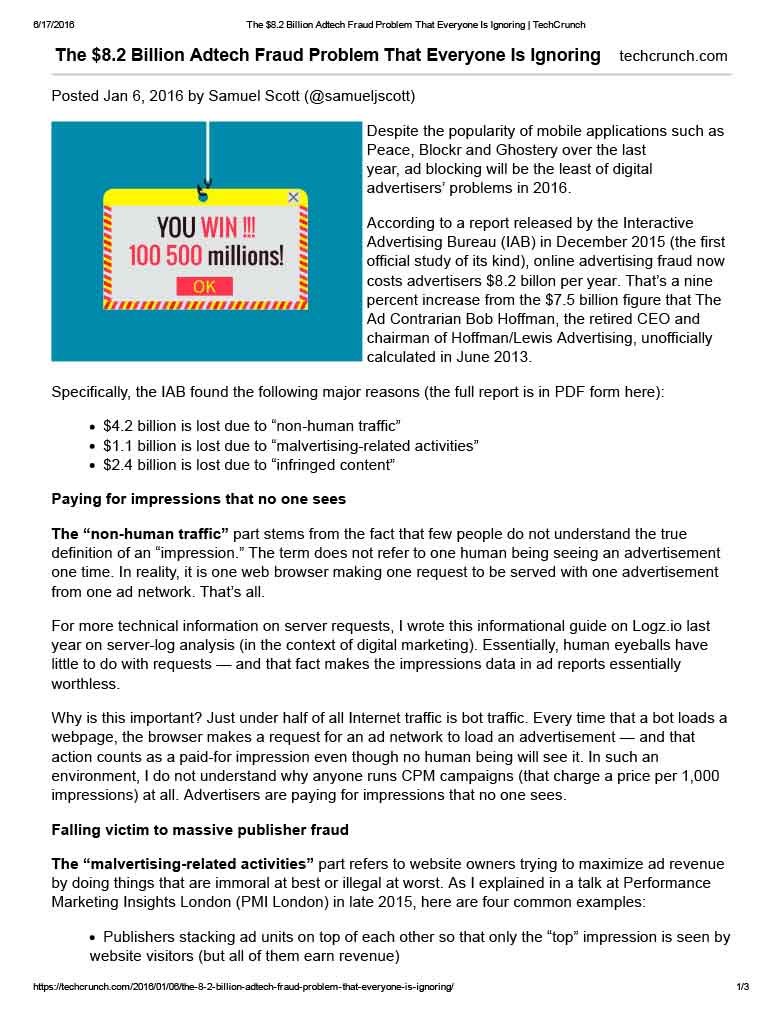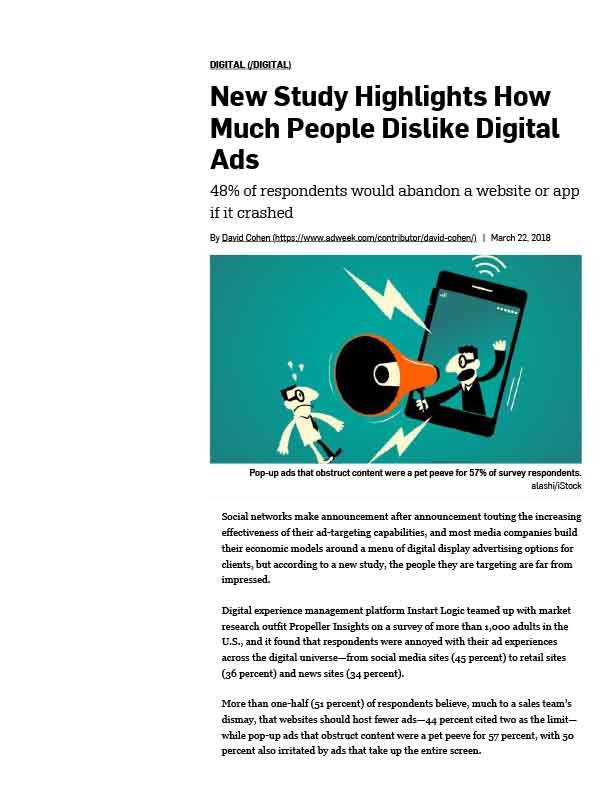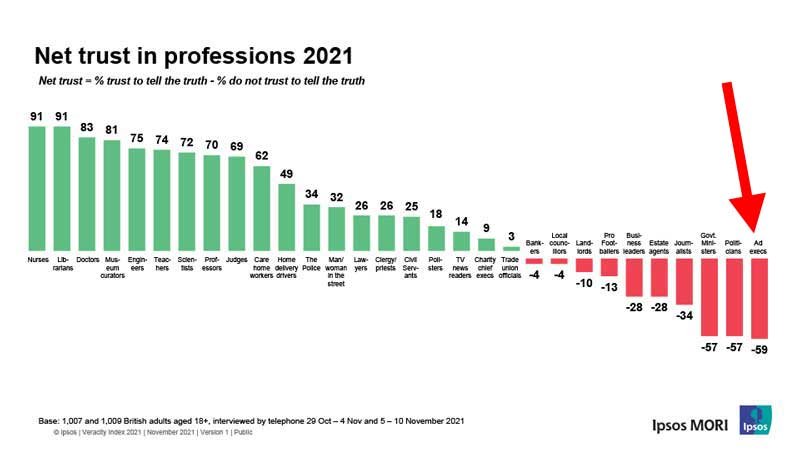A Simple Bargain
“Truth-based service” (TBS) is a direct result of the “Pedia Credibility Algorithm” (PCA), and it’s exactly what it says — providing truthful information as a service to consumers, by creating a truthful “Pedia” of everything consumers want to know about the company, products, services, marketing and advertising. It’s the #1 thing consumers want from marketers and the “final evolution of marketing.”
The Pedia Credibility Algorithm creates TBS “Pedias” to automatically increase a marketer’s credibility,
multiply marketing “voice and tone,” unlock increased returns from all marketing a marketer has ever done,
and create a consumer “point-of-need” (PON ) marketing platform more powerful
than any previous “point-of-interruption” (POI ) ad-based platform.
Marketers have always dreamed of creating marketing that consumers intentionally engaged with at their PON, just before a purchase action and the PCA fulfills that dream. Marketers provide the truthful information consumers want and consumer intentionally engage with that truthful information. Both stakeholders get what they want and it creates the most powerful PON online marketing, by consumers and marketers together — without predatory middlemen.
To get “everything they want,” all marketers have do is create their own truthful “encycloPedias” about their company, products, services, marketing, etc., including the ability for consumers to engage with the company at any time. Think, a “commercial Wikipedia” on the company website. The company TBS “Pedia” should be as comprehensive as possible and designed to provide consumers with “everything they want to know about everything they want to buy.”
After 20 years of buying millions to billions of “(e)xposures” to interrupt millions of moving consumer targets, the TBS “Pedia” automatically increases “(C)redibility” and unlocks increased returns from all those past (e)xposures.
The Marketing Equation (M=eC) reveals the crucial importance of increasing “(C)redibility” to maximize ROI of all marketing and advertising (e)xposures particularly since the advertising profession, as a whole has ignored credibility for so long that in 2021, it was at the very bottom in believability/credibility — below politicians.
The TBS “Pedia” amplifies all exposure-based advertising a marketer has ever done (including SBT, programmatic, and all other interruption ads), and it’s the paradigm shift that realigns the financial incentives from monetizing surveillance, lying, and manipulation at the “point of interruption” (POI), to monetizing truth, privacy, and service at the “point of need” (PON).
Structurally, TBS is the polar opposite of SBT (a “semordnilap”) that results when you replace the complex, extractive, and destructive components of SBT delivered at the consumer’s POI with simple, consumer and marketer-aligned components that give both sides what they want, at their PON. This creates a TBS “Pedia” platform that provides consumers with exactly the truthful information they want, exactly when they want it, from a perceived independent third-party, higher authority consumers believe and remember. And it provides marketers with consumers intentionally engaging with marketing at the consumer’s PON, instead of consumers intentionally blocking marketer’s ads.
Marketers know they were not spared from the lying, cheating, and fraud of SBT and programmatic ads. But now what’s worse is that markers face an existential threat from AI-driven personal assistants that choose for consumers, cutting marketers out of the choosing and buying process.
The Premise of TBS — Give ’em what they want
Consumers will always want (and need) truthful information about the products and services they want to buy, and consumers will always hate being interrupted, spied on, and manipulated. In today’s interconnected world of 24/7/365 communication, companies need to ask themselves if it’s even possible to hide anything from consumers. And if it isn’t, then why try?
Particularly when the truth is more powerful, more profitable, and more sustainable than anything else a marketer can do. And the most powerful truth is from a perceived “independent third-party, higher authority” (ITPHA).
Marketers simply need to provide the truthful information consumers want, without the spying, interruptions, and manipulation consumers don’t want, and consumers will intentionally seek out that truthful information at their PON. But marketers are quickly running out of time as AI-powered personal assistants (AI-PAs) become more prevalent every day.
The pace of technology is increasing faster than ever before with AI-driven personal assistant chatbots (AI-PAs) going from zero to “warp” speed in a matter of months, threatening to leave marketers behind and removed from the choosing and buying process altogether.
The Promise of TBS — a Paradigm Shift to the 5th Industrial Revolution (5IR)
While literally everything in the past 20+ years, from ride sharing to food delivery to pharmacy and grocery apps, has moved towards a consumer-first “on-demand, instant gratification” at the consumer’s PON, online marketing has been stuck in the “bait and switch” past of “providing content/service (that consumers want) + “and now a word from our sponsors” (interruption-based ads consumers don’t want).”
The TBS “Pedia” platform is consumer-aligned marketing that provides consumers with exactly the information they want, exactly when they want it, from an independent third-party consumers believe and remember. This increases marketer credibility, which makes all other marketing past, present, and future — work better. Where marketing is the message and the media.
The TBS Pedia Platform “flavors”
The TBS “Pedia” platform comes it two distinct “flavors” — “Individual” and “network” — with the inherent advantages of each type. Marketer are free to create as many individual TBS “Pedia” platforms on their websites as they desire. Marketers may also participate in the “network” edition at any time with the simple addition of a few lines of code to project an exact copy of their local individual TBS “Pedia” platform to the TBS PediaNetwork® Platform — while still remaining under complete control of the marketer. This creates a networked mega-resource that maximizes credibility, marketing “voice and tone” and every aspect of the marketers’ individual “(encyclo)Pedias” with the added “network effects” of thousands of interconnected encyclopedias to create a truly sustainable competitive advantage that cannot be duplicated.
Then finding a way to match what they want with what we have to sell.”
Dave Trott, June 11, 2015.




